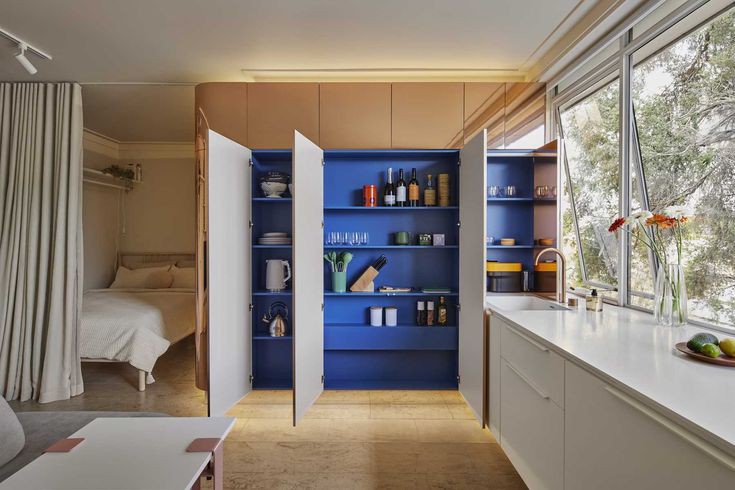Creating an optimal library layout requires strategic planning and precise execution. The arrangement of furniture and shelving solutions is pivotal in fostering an environment conducive to learning, research, and community engagement. In Charlotte, professional furniture installers bring their expertise to the table, ensuring libraries are both functional and inviting.
A well-thought-out library layout goes beyond simply placing bookshelves and tables. It encompasses the overall design, accessibility, and comfort of the space. This holistic approach ensures that all users, from students to researchers to casual readers, find the library welcoming. Professional installers understand this need and bring their specialized skills to create an environment that meets these diverse needs.
One of the primary considerations in library design is the efficient use of space. Libraries often house thousands of books, periodicals, and digital resources, necessitating a layout that maximizes available space without compromising accessibility. Furniture installers work closely with library planners to develop layouts that optimize space while maintaining a logical flow. This involves strategic placement of shelves, reading areas, and workspaces to create an intuitive and user-friendly environment.
Shelving solutions are at the heart of library layouts. The selection and placement of shelving units can significantly impact the accessibility and organization of resources. Installers are adept at installing various types of shelving, from traditional bookcases to mobile shelving systems. Mobile shelving is particularly advantageous in libraries with limited space, as it allows for compact storage and easy access to materials. These installers ensure the shelving is securely anchored and aligned, preventing safety hazards.
In addition to shelving, the choice and arrangement of furniture play a significant role in creating a functional library space. Comfortable seating, adequate lighting, and ergonomic workstations are integral to a well-designed library. Furniture installers are skilled in placing and assembling these elements to enhance the overall user experience. They understand the importance of creating distinct zones within the library, such as quiet reading areas, collaborative spaces, and computer stations, each tailored to meet specific user needs.
Accessibility is another crucial aspect of library layout. It is a priority to ensure all users, including those with disabilities, can easily navigate and utilize the library. Professional installers know ADA (Americans with Disabilities Act) requirements and incorporate these guidelines into their installations. This includes providing adequate aisle width, adjustable height desks, and accessible shelving to accommodate wheelchair users and others with mobility challenges.
The aesthetics of a library also contribute to its appeal and usability. A well-designed library should be inviting and aesthetically pleasing, encouraging users to explore its resources more. Furniture installers collaborate with designers and architects to select furniture and finishes that complement the library’s overall theme and color scheme. This attention to detail creates a cohesive and harmonious environment that enhances the user experience.
Moreover, the flexibility of the library layout is a significant consideration. Libraries often host various events, from book readings to community meetings to educational workshops. Furniture installers in Charlotte ensure that the library’s furniture can be easily reconfigured to accommodate these diverse activities. This involves selecting modular furniture that can be quickly rearranged and providing ample storage solutions for unused items.
Achieving an optimal library layout is a complex process that requires careful planning and expert execution. Professional furniture installers in Charlotte play a vital role in this process, bringing their expertise in space optimization, shelving solutions, and furniture placement to create functional, accessible, and aesthetically pleasing library environments. By collaborating with planners, designers, and architects, these installers help transform libraries into vibrant learning and community engagement hubs. Through their dedication and skill, they ensure that libraries continue to serve as essential resources for all users, fostering a love for reading and lifelong learning.
